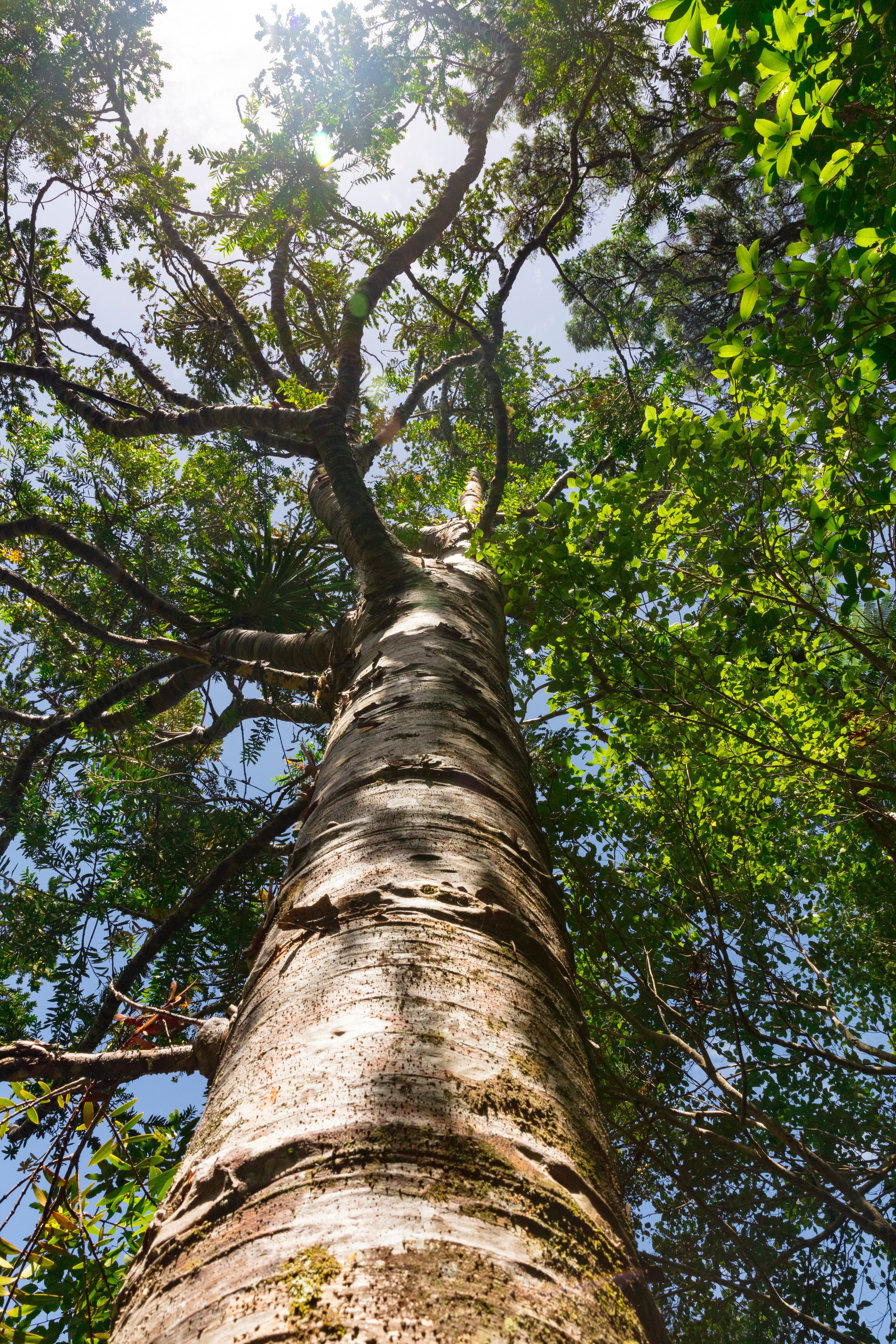Our ForestR tool is a collection of geomatic and statistical analyses that characterizes forests in urban and rural environments, in terms of their biological composition, functional diversity, vulnerability to biotic and abiotic threats and spatial structure (carbon storage and distribution over the territory) .
The functional diversity is a very important element in forest resilience, representing the diversity in the number of species according to their biological characteristics. High functional diversity means greater resilience resilience to biotic and abiotic threats since each species reacts differently to drought, flooding or .
With ForestR, our team draws up a diagnostic portrait of forest structure and composition, identifies biotic and abiotic threats that may affect forests as well as the sectors most vulnerable to global change, and recommends forest management strategies to increase resilience through functional diversity.
A diversity of functional traits reduces the risk of a species community being affected in the same way by a disturbance, thus promoting ecosystem resilience. Our analyses are based primarily on an inventory of the trees that make up the forest stands studied, which contains information on the number, size and species of trees present.


